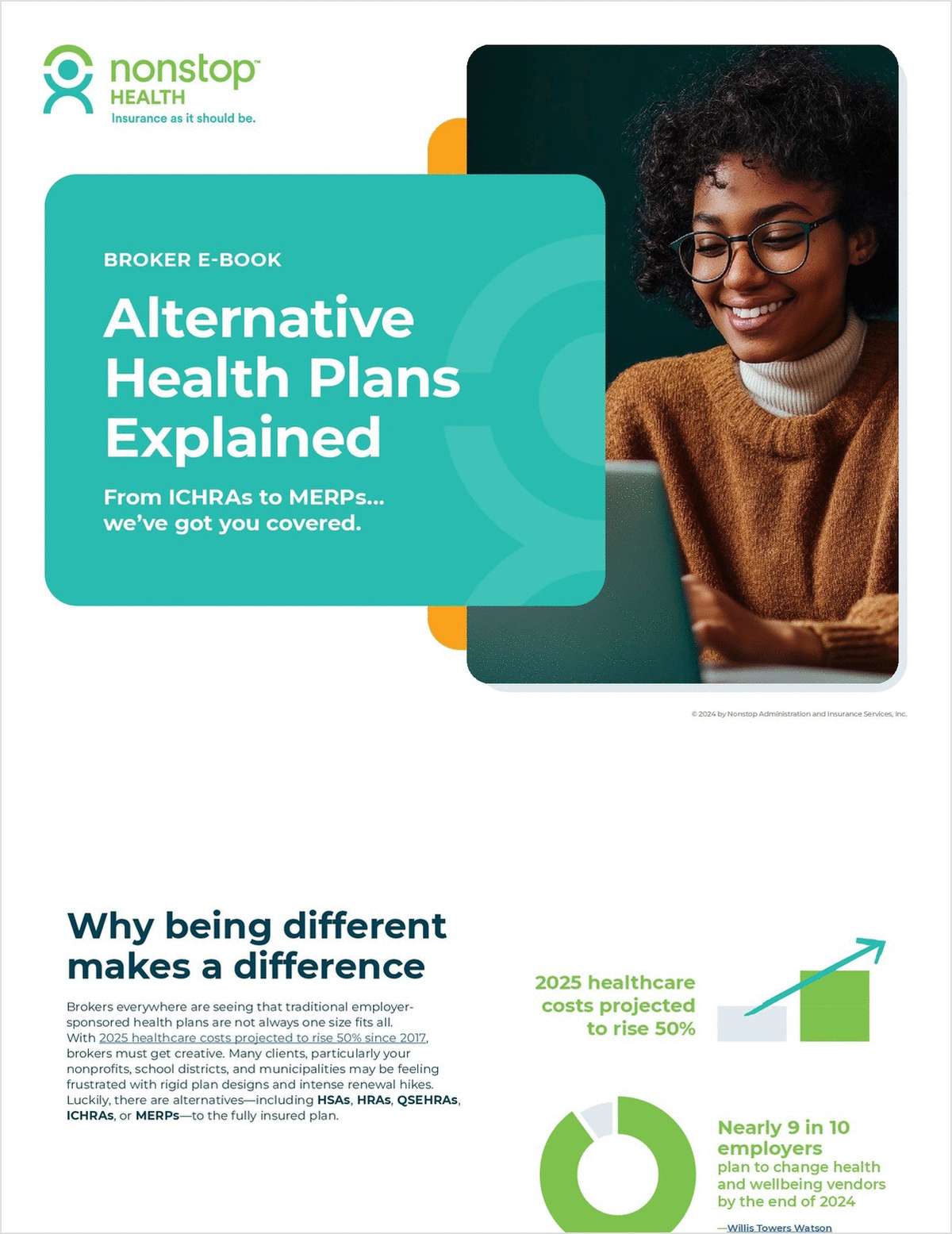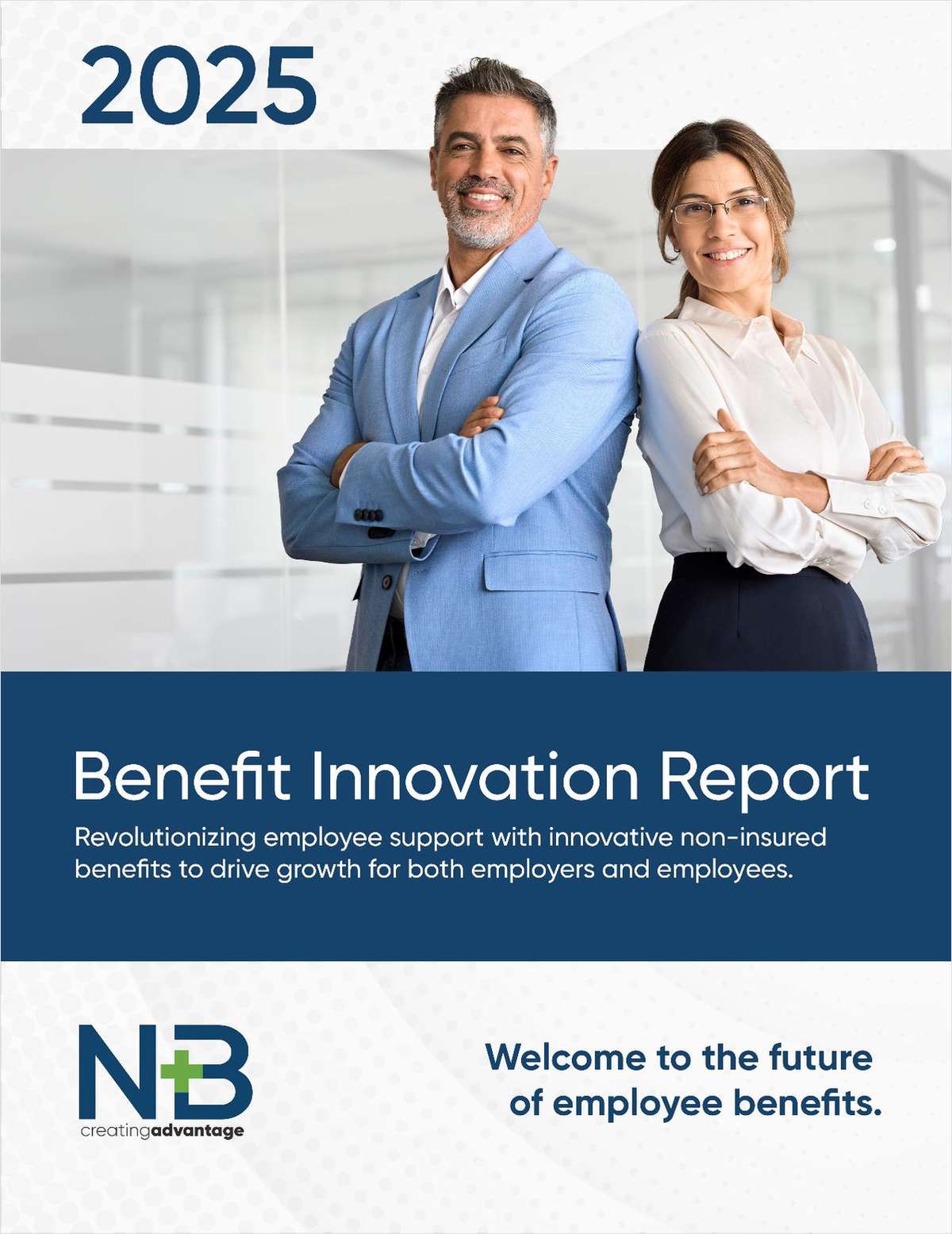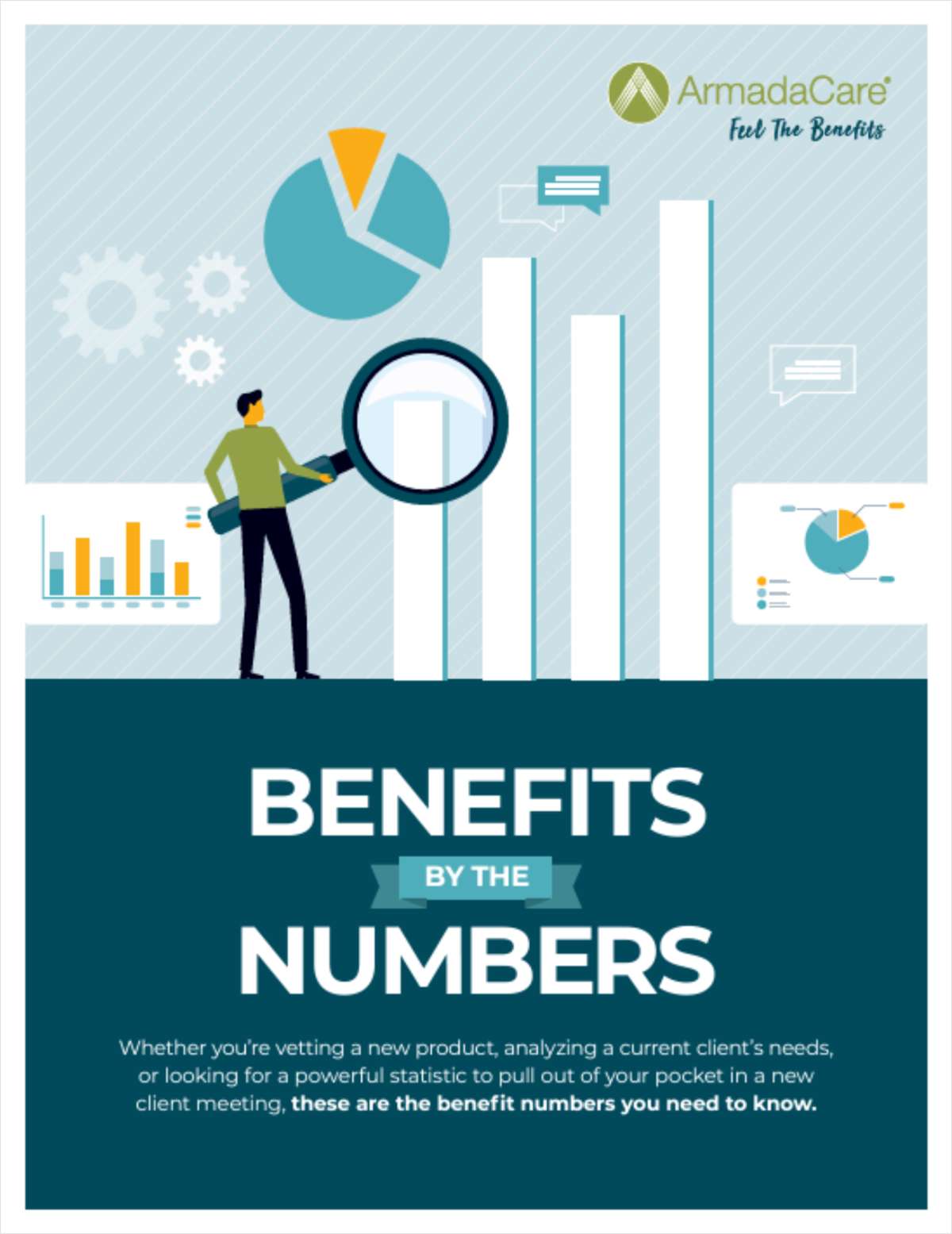 When a company has to continue to safeguard the retirement assets of long-gone employees, at the very least that's a cost of added time and effort that can take away from the plan sponsor's stated mission. (Photo: Shutterstock)
When a company has to continue to safeguard the retirement assets of long-gone employees, at the very least that's a cost of added time and effort that can take away from the plan sponsor's stated mission. (Photo: Shutterstock)
Does anyone remember the original purpose of an employee benefit? (Hint: What's the second word?)
It used to be companies would offer prospective employees benefits to entice them. Benefits became just another component in the compensation equation (which includes things like salary, vacation days, and various other perks).
But a funny thing happened over the last few decades. In broader society, benefits morphed into rights and rights evolved into mandates. The same appears to have happened with company benefits (see "401k Plan Sponsors' Fiduciary Obligation to Former Employees," FiduciaryNews.com, October 22, 2019).
On the face of it, encouraging more people – whether they be employees or not – to save for retirement is a good thing. In fact, it is a good thing. No matter what vehicle they use, people should be saving for retirement.
But who should be held accountable for this? Is it the responsibility of individuals to monitor what's happening to their own retirement? Or should this duty fall on the shoulders of every employer they ever worked for?
And so, we return to our initial question. What is the point of an employee benefit?
Companies, once they agree to provide the benefit, assume a fiduciary obligation to make good on that benefit. That means they honor the annual vacation days they offer. The pay the portion of the health insurance premiums they promise to pay. And they act as watch guard over employee retirement assets.
When an employee leaves, is the former employer left on the hook to pay for those annual vacation days every year? No. The employee cashes out on the remaining vacation days he's already earned. After that, the employee is on his own.
When an employee leaves, is the former employer left on the hook to continually pay those premiums? No. The employee can keep that insurance for a limited time, but only by paying the entire premium without any aid from the former employer.
Why, then, must a former company be left on the hook forever when it comes to an ex-employee who leaves his retirement savings there?
There's a cost to this. First, the company has a fiduciary duty to continue to safeguard the retirement assets of long-gone employees. There's a cost to that. At the very least, that's a cost of added time and effort that can take away from the plan sponsor's stated mission (i.e., its line of business, how it generates revenues to pay current employees). Anything that takes away this focus can harm business growth, which hurts everyone working for the company.
In the worst case, the plan itself bears the cost of servicing ex-employees. That means current employees pay in part for the benefits enjoyed by people who are no longer adding value to the company.
Is that fair? Or is it a fair price to pay because it allows anyone to continue to grow their retirement savings?
If only the choice were that simple.
And relevant.
A better question might be: Who should watch your own retirement – you or not you?
Much has been made in recent years about the supposed "good" occurring should employees leave their 401(k) assets with their old employer. This may actually be good when compared to withdrawing the money (an option unfortunately taken in far too many cases).
In reality, leaving assets in an old 401(k) plan may cost more than rolling over those assets into a personal IRA (because you don't have to pay administrative and regulatory expenses). More important, though, is the detrimental philosophy inherent in leaving your best interests behind.
When retirement savers take control of their own destiny, they stand a better chance of achieving the kind of satisfaction that comes with self-confidence and self-reliance.
In the end, doesn't that make for a better society?
Complete your profile to continue reading and get FREE access to BenefitsPRO, part of your ALM digital membership.
Your access to unlimited BenefitsPRO content isn’t changing.
Once you are an ALM digital member, you’ll receive:
- Breaking benefits news and analysis, on-site and via our newsletters and custom alerts
- Educational webcasts, white papers, and ebooks from industry thought leaders
- Critical converage of the property casualty insurance and financial advisory markets on our other ALM sites, PropertyCasualty360 and ThinkAdvisor
Already have an account? Sign In Now
© 2024 ALM Global, LLC, All Rights Reserved. Request academic re-use from www.copyright.com. All other uses, submit a request to [email protected]. For more information visit Asset & Logo Licensing.








